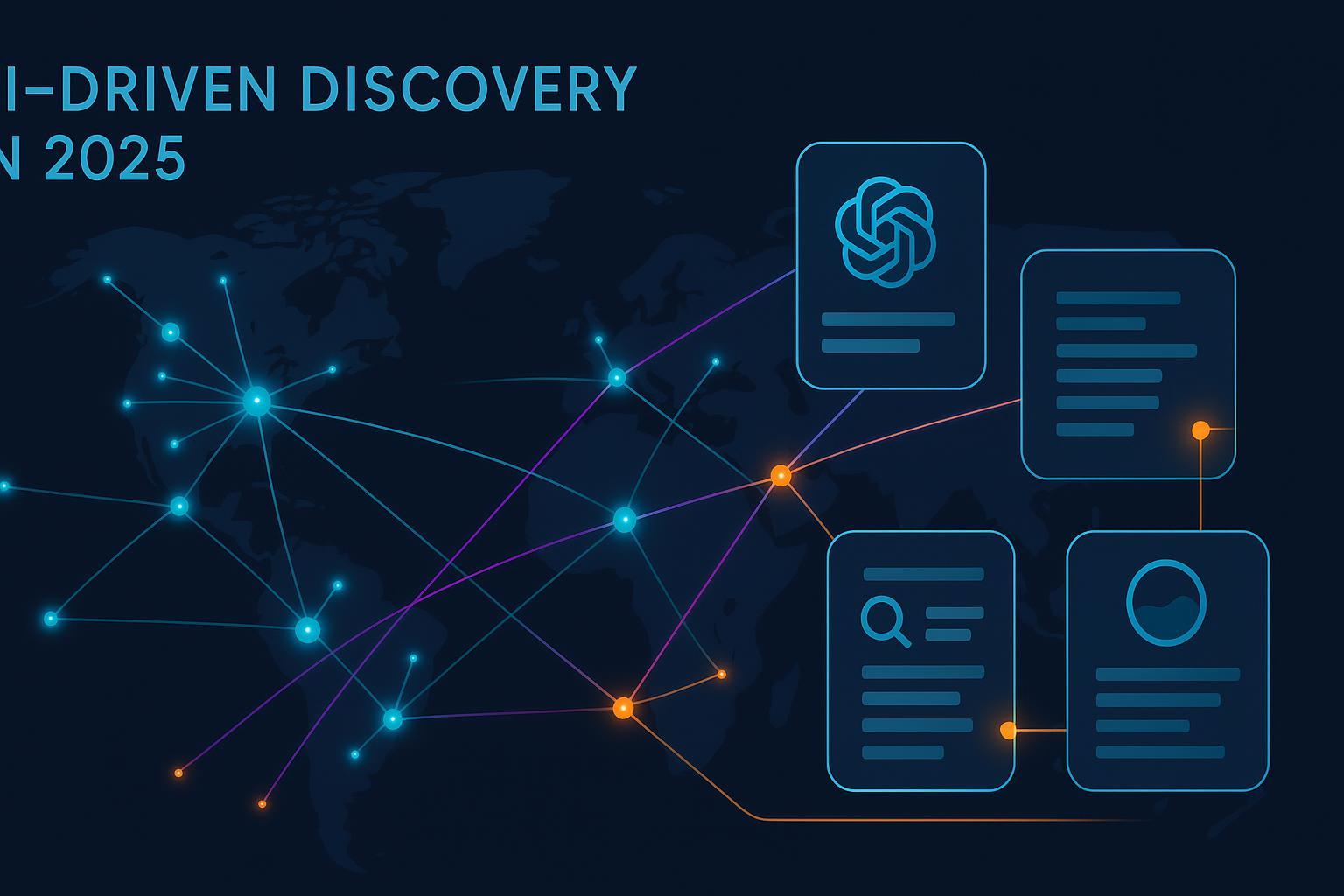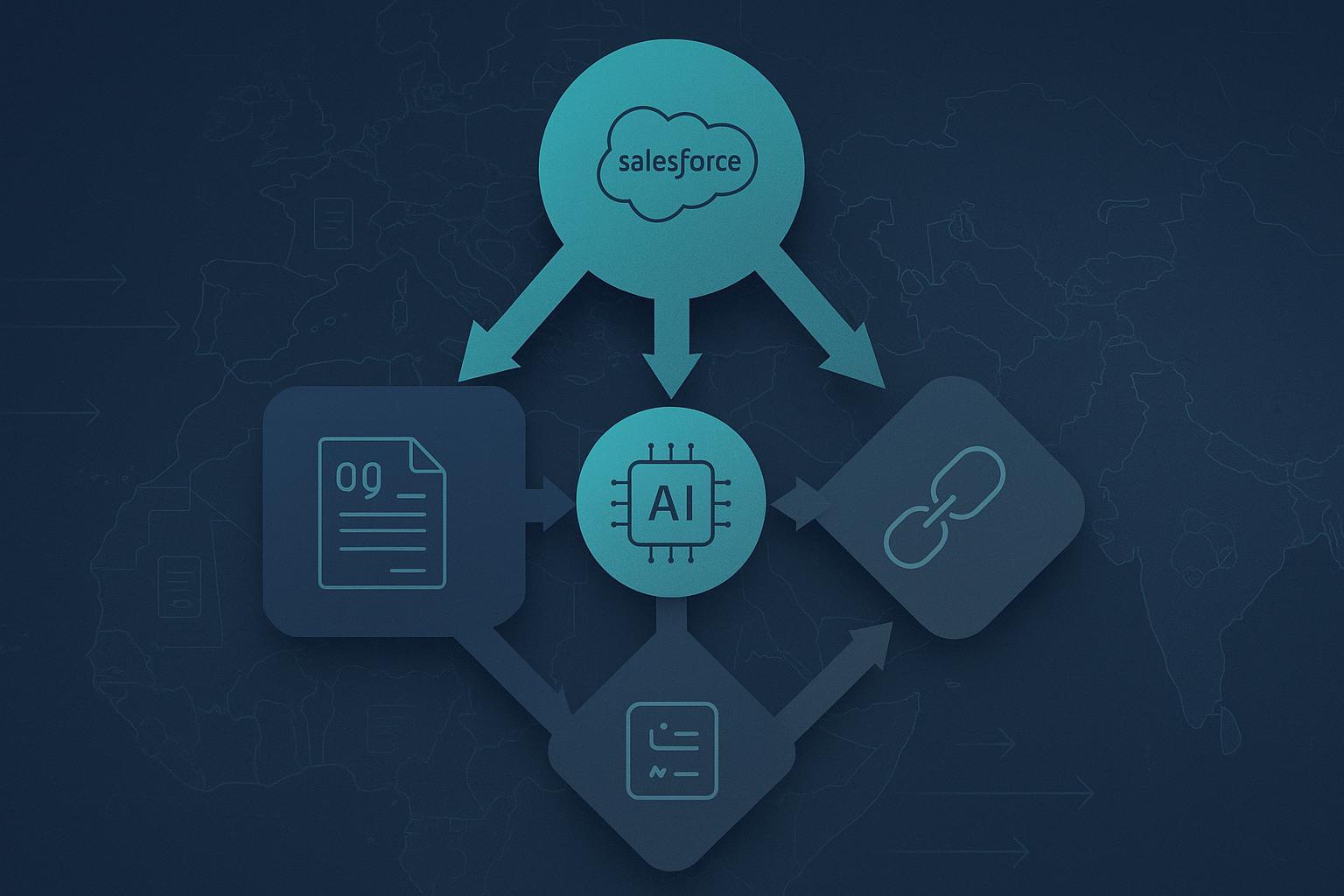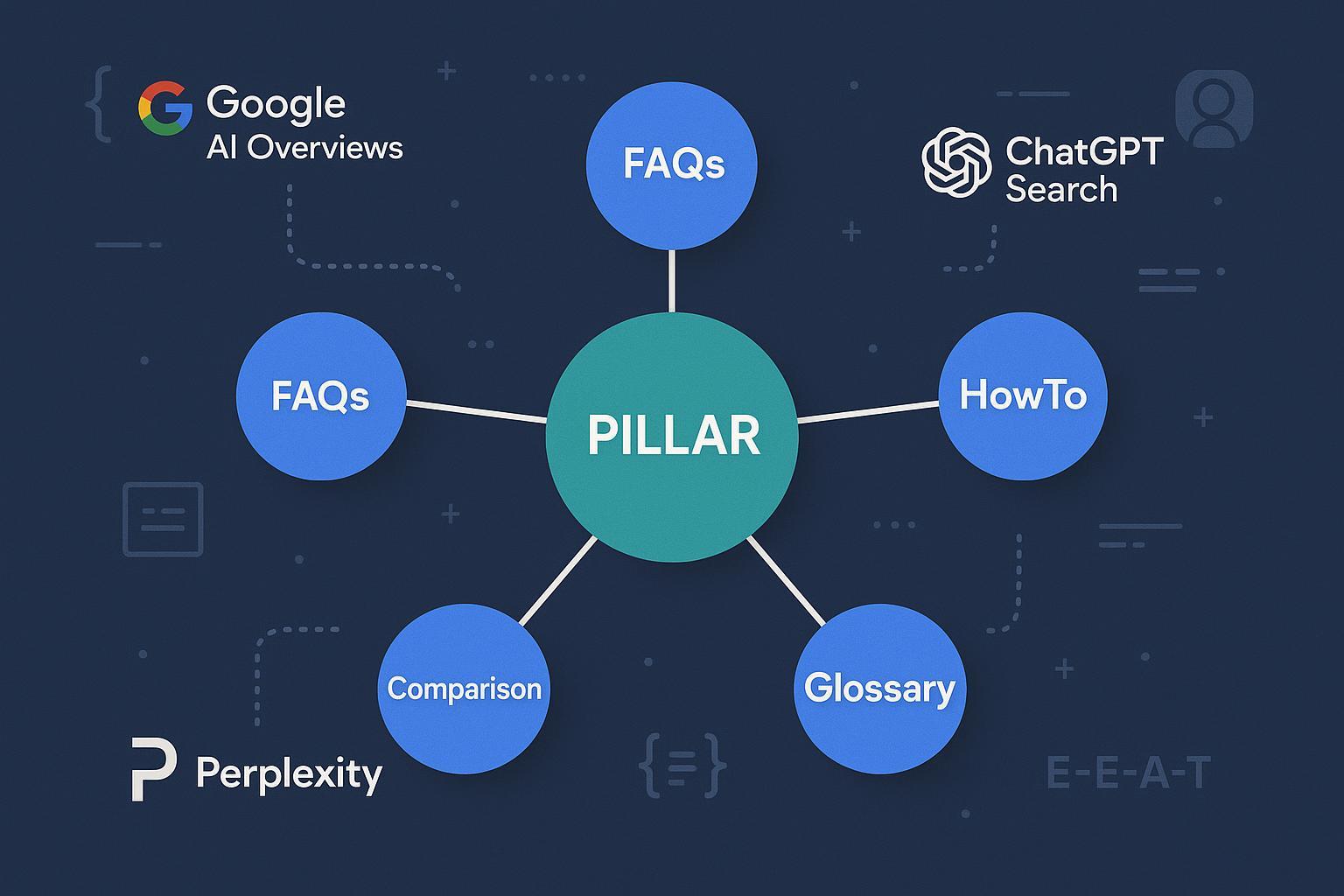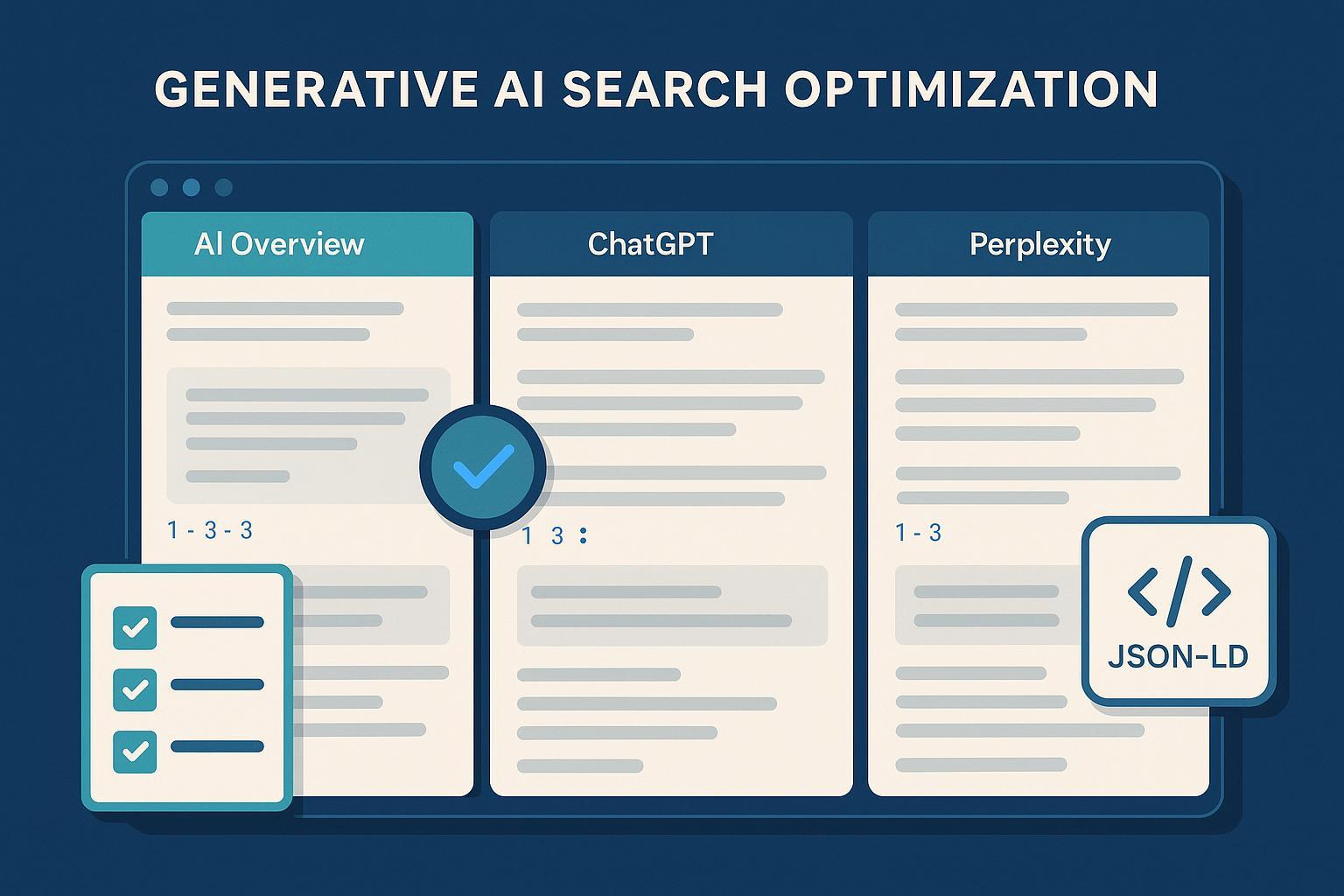Global GEO & AI-Driven Discovery Trends 2025: Methods, Metrics & Index’25
Explore leading GEO & AI-discovery strategies for 2025. Review methods, metrics, and the evolving Index’25. Learn how to get your brand cited—read now!


As AI answer engines grow from novelty to default discovery paths, 2025 is the year brands must treat citations and entities—not just blue links—as core visibility assets. Several outlets have reported a new AI-search conference referred to as “Index’25,” but as of today, there’s no stable first-party event page from the organizer; we’ll treat that context as evolving and update this article if official details emerge. The bigger story holds regardless: GEO (Generative Engine Optimization) and AEO (Answer-Engine Optimization) are becoming the operating system for how information is surfaced, summarized, and attributed.
What GEO Is—and Why 2025 Matters
At its simplest, Generative Engine Optimization is the practice of preparing your brand’s knowledge so that AI answer engines can understand, trust, and cite it. If you’re new to the term, see this concise explainer on What is Generative Engine Optimization (GEO)? for baseline concepts and glossary.
Practitioner sources converge on a key distinction: while SEO targets rankings in classic SERPs, GEO is about inclusion and attribution inside AI-generated answers. Webgate Digital’s 2025 comparison details that shift—optimizing for being “featured in AI-generated answers” and ensuring your content is “cited, summarized, and referenced”—in Generative Engine Optimization vs SEO (Webgate Digital, 2025).
AEO, closely related to GEO, emphasizes structuring content as direct answers to questions. O8 Agency’s 2025 guide outlines requirements like question-led content and schema markup in Answer-Engine Optimization guide (O8, 2025). SEOSLY’s 2025 checklist clarifies the overlap and differences among AEO, GEO, and LLMO (content built for LLM comprehension and citation) in AI & SEO in 2025 checklist (SEOSLY, 2025).
Platform Behavior: Where Demand Goes, and How Visibility Follows
Google’s AI Overviews increasingly surface synthesized answers with linked citations. In September 2025, Search Engine Land reported that AIO citations often behave like a lower-CTR position compared to top blue links, and that brands should prioritize visibility over click expectations—see AI Overview citations and CTR impact (Search Engine Land, 2025). Pew Research Center’s July 2025 analysis found users were less likely to click when an AI summary appeared—8% click-through vs. 15% without summaries—see Google users less likely to click when an AI summary appears (Pew Research Center, 2025).
Beyond Google, answer engines differ in how they present sources. ChatGPT’s behavior varies by mode; OpenAI’s July 2025 release notes documented research-oriented improvements but avoid blanket assumptions about citation UI across all experiences—refer to ChatGPT release notes (OpenAI, Jul 2025) for context. The strategic takeaway: optimize your content and entities for inclusion and attribution no matter the platform, then measure visibility without relying on clicks alone.
The 2025 GEO Playbook: From Keywords to Entities and Evidence
- Build and maintain an entity-first architecture
- Map your brand, products, and key concepts into a canonical entity graph (Organization → Products → Use cases → Proof points). Ensure consistent naming, descriptions, and references across owned properties and authoritative third-party profiles.
- Align entity pages with clear, stable identifiers and cross-link them with structured, contextual summaries.
- Bind every claim to auditable evidence
- Pair assertions with first-party datasets (benchmarks, customer stories, methodology) and authoritative third-party citations. Use clear, descriptive anchor text that reflects source authority.
- Publish newsroom-style “source pages” for recurring facts—think: pricing methodology, sustainability reporting, performance benchmarks. These become citation-ready assets for editors and AI engines.
- Structure content for answerability
- Implement schema (FAQPage, QAPage, HowTo, Product, Organization) and place concise “answer nuggets” (40–80 words) near relevant headings.
- Use question-led subheads (“How do we…?”, “What’s the difference…?”) and ensure scannability with short paragraphs and lists.
- Keep facts fresh and coherent across platforms
- Date-stamp core pages and update metadata when material changes. Maintain a public change-log on source pages that AI engines and editors can reference.
- Audit external profiles (Wikipedia, Crunchbase, G2, LinkedIn, pressrooms) for alignment and recency.
- Ship weekly
- A small batch each week: one entity page improvement, one source page addition or update, one structured Q&A module, and one evidence-bound claim.
- Review inclusion and citations in AI answers; document notable changes.
Authoritative perspectives backing these practices are discussed in the O8 and SEOSLY 2025 guides linked above, with Webgate Digital emphasizing useful, context-rich content over keyword stuffing.
Measuring GEO Without Obsessing Over Clicks
Your dashboard should pivot from rankings-only to visibility and trust signals across answer engines. Four practical KPIs:
-
AI Citation Share: % of AI answers in a query set that cite your brand/domain.
- Formula:
(AI answers citing your brand ÷ Total AI answers sampled) × 100%.
- Formula:
-
AI Overview Inclusion Rate (Google AIO): % of relevant AI Overview panels where your content appears as a cited source.
- Formula:
(AI Overviews citing your content ÷ Total relevant AI Overviews analyzed) × 100%.
- Formula:
-
Sentiment of AI Answers: Share of positive/neutral/negative mentions in AI responses referencing your brand.
- Example approach: apply lightweight NLP classification to captured answer text; track deltas weekly.
-
Entity Coverage Breadth: Ratio of unique covered entities (brands, products, concepts) to the total relevant entities in your domain.
- Formula:
(Unique entities covered ÷ Total relevant entities identified) × 100%.
- Formula:
To operationalize monitoring and reporting cadence, explore multi-platform tracking tools that capture citations, sentiment, and inclusion across ChatGPT, Perplexity, and Google AI Overviews. See Geneo for an overview of AI visibility tracking capabilities. Disclosure: Geneo is our product.
When you dig into query-level analysis, it helps to review concrete examples of how AI answers source and attribute content. Here’s one illustrated query study to examine format and methodology: Authentic Belizean island vacation experience — AI visibility query report.
For click expectations and benchmarking context, Search Engine Land’s 2025 analysis of AIO citations’ CTR behavior provides a helpful reality check—see the SEL link above. Use those insights to emphasize visibility, sentiment, and inclusion rates in leadership reports rather than raw traffic alone.
Team-Level Actions: CMO, SEO, PR Alignment
-
CMO/Marketing leaders
- Reframe success: prioritize citation share, inclusion rate, and sentiment over pure sessions.
- Fund entity graph maintenance and source-page publishing as an ongoing program.
- Establish monthly executive roll-ups with trend deltas and notable platform changes.
-
SEO/Content leads
- Own schema deployment and “answer nugget” placement across top pages.
- Normalize evidence-binding: every claim references a dataset, case, or authoritative source.
- Track weekly visibility across answer engines and maintain a change-log.
-
PR/Comms leads
- Build editor-friendly source pages with clear methods and contact info.
- Monitor brand mentions for misattribution and sentiment swings; prepare rapid corrections.
- Coordinate with SEO to align external profiles and pressrooms with entity updates.
Risk Checklist—and How to Mitigate It
-
Hallucinations and Misattribution: AI may conflate brands or cite outdated facts.
- Mitigation: Publish source pages with clear, dated evidence; monitor AI answers for errors; request corrections through official channels when available.
-
Stale or Fragmented Entities: Inconsistent naming, outdated descriptions, or scattered references reduce trust.
- Mitigation: Maintain a canonical entity graph; audit third-party profiles quarterly.
-
Over-indexing on Clicks: AIO and answer engines reduce click propensity even when you’re visible.
- Mitigation: Report visibility KPIs (citation share, inclusion rate, sentiment) alongside assisted conversions.
Mini Change-Log (Evolving Facts)
- Updated on 2025-10-02 — Several outlets report an AI-search conference labeled “Index’25.” First-party event page remains pending; we will update if an official organizer URL and agenda are published. Google AI Overviews continue to experiment with citation presentation and CTR impacts; readers should expect ongoing UI changes.
The Bottom Line for Q4 2025
Treat 2025 as the inflection point where becoming a cited source matters as much as ranking. Build an entity-first foundation, bind claims to auditable evidence, structure for answerability, and measure visibility beyond clicks. Keep a public change-log and refresh monthly as platforms evolve. The brands that get cited consistently—across AI summaries and answer engines—will own discovery in the year ahead.




